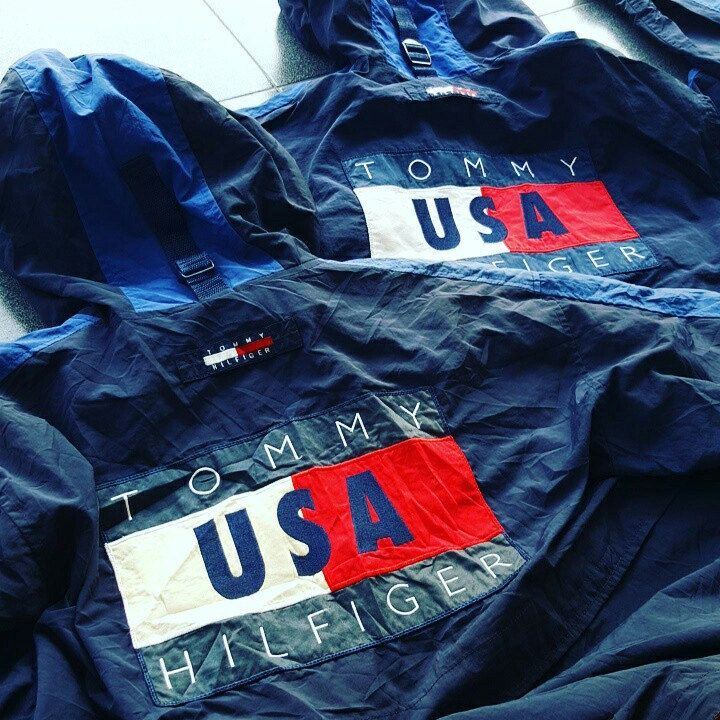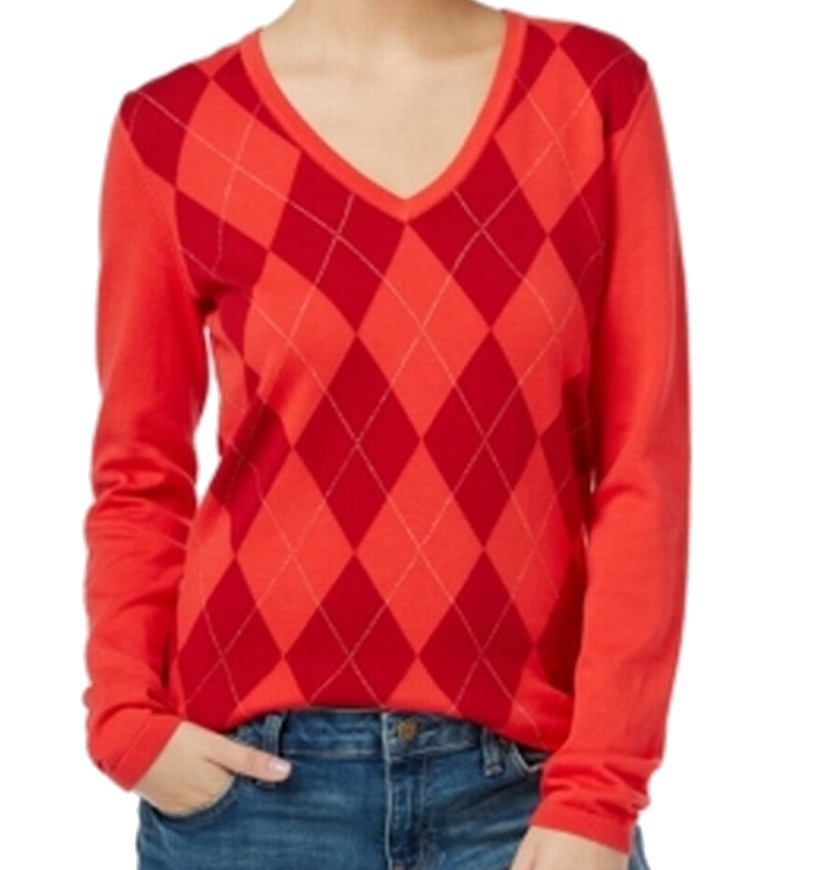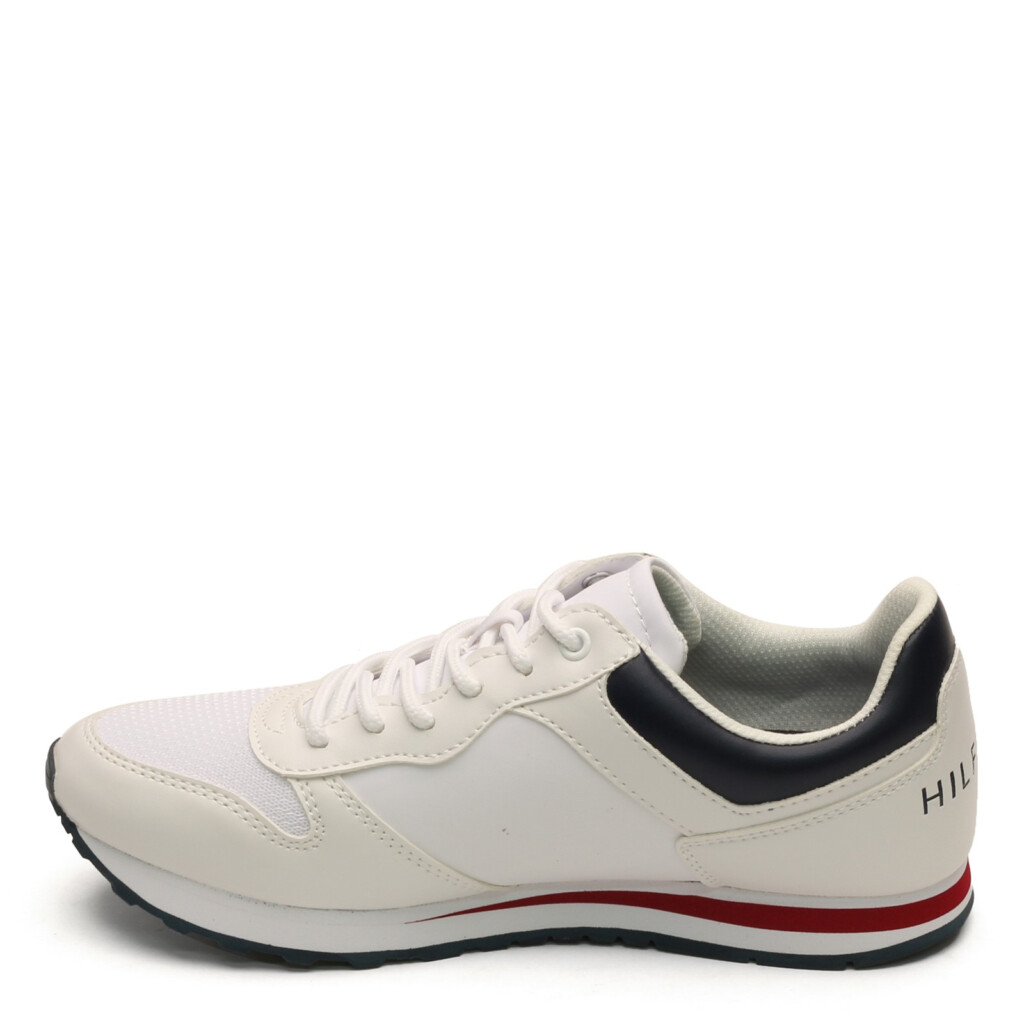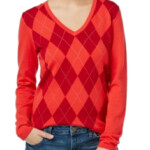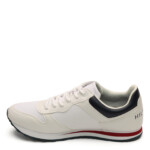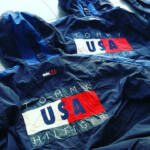Tommy Hilfiger Women’s Shirt Size Chart – Finding the right size buying a shirt can be daunting. Different brands do not use the same sizing system thus what’s a medium in one brand may be considered large by another. This is where a size chart is crucial – this article will explain what a size chart is and why using one when buying shirts is essential.
How to Measure Shirt Size
The initial step in finding the ideal fit for the shirt is measuring your body precisely. Following are the necessary steps you should take:
- Measure Your Chest Measure Your Chest. Wrap a measuring sleeve around the top of your chest. Be sure it’s level . It shouldn’t be too rigid or loose.
- Measure Your Waist Measure Your Waist: Wrap the measuring tape around your waistline, which is the natural one – the most common place to measure is the narrowest area of your torso.
- Measure Your Hips: Wrap the measuring tape around the widest part of your hips. Make sure it’s level , and not too loose or tight.
- Comparing Your Measurements to the Size Chart Once you’ve got your measurements, you can compare them with those provided by the brand or retailer you’re planning to buy from.
Important to remember that some brands may use slightly different measurements for each size, so always refer to their specific size chart for precise size.
Here are some additional ways to get the most exact measurements:
- In your underwear, or thin clothing to get an accurate reading.
- Be sure that your measuring tape is snug against your body but not too tight. hold it level and parallel to the ground.
- Repeat these measurements several times to make sure that the measurements are consistent.
- Shirt Size Chart for Men and Women
Men and women generally need different shirts due to differences in body shape and size. This is a basic guideline for both sizes:
Men’s Shirt Size Chart:
- Small: 36-38 inches
- Medium: 38-40 inches
- Large 40-42 inches
- XL 42-44 inches
- 3XL 46-50 inches
- 4XL: 48-50 inches
Women’s Shirt Size Chart:
- Extra Small (32-34)
- Small(34 inch)
- Medium (38-40)
- Large(38 40)
- XXL(Extra large)
- 4XL(extra long)
- Small(extra small)
- Small(extra large)
- Small(extra small (Extra Small/Medium)
Men’s shirt size chart (within1 half an hour!) Small(33 32 34 12 8 1 2 3XL =38-40 inch T2=38 40 40 4XL42 4446 1XL 44 44 46 in It is essential for you to recognize this chart is merely general measbnm,m,urements and different brands may have slightly distinct measurements for different sizes.
Plus Size Shirt Size Chart If you are in the market for plus sizes, here are some general measurements for men’s and women’s plus sizes:
Men’s Plus Size Shirt Sizing Chart:
Women’s Plus Size Shirt Size Chart:
How to Convert Shirt Sizes
- 1X: 42-44 inches
- 2X: 46-48 inches
- 3X 50-52 inches
- 4X 54-56 inches
- 5X: between 58 and 60 inches
How To Convert Shirt Sizes
Different countries and brands could have different sizing methods that make it difficult to identify the proper size. Here’s how to convert shirt sizes:
- UK Conversion from UK size to US size conversion Add two sizes on your UK size to make a US similar size (e.g., UK size 10 equals US size 12).
- EU size conversion to UK Size conversion Subtract 10 from US size to calculate the EU equivalent (e.g., EU size 40 equals UK size 8.).
It’s vital to realize that sizing systems may vary between brands and retailers So always verify their specific size chart to ensure accuracy.
Sizing Charts for Online Shopping
When buying shirts online it’s crucial to study the size chart supplied by the retailer in order to guarantee you receive the correct size. Here’s where to look on the website of a retailer:
- Search for the “size chart” or “sizing” link: Most online stores include a link to their sizes chart alongside product descriptions, or on the page of the product the page itself.
- Review the brand’s or retailer’s sizes chart for the specific item: Sizes may differ among brands and retailers, therefore make sure you’re using the appropriate chart for your reference.
- Take a precise measurement of yourself: Follow similar steps as those described previously to take an accurate measurement in your personal body.
- After you have taken your measurements, compare them with the size chart made by the manufacturer or retailer that you intend to purchase from.
- Think about sizing down or up: If you’re struggling with sizes or don’t know which to select, make sure you take into consideration the measurements specific to your brand when making your choice.
Conclusion
Utilizing a chart of size for shirts is essential for finding the perfect fit, regardless of whether you’re shopping online or in-store. When you’ve measured yourself accurately and using the brand or retailer’s provided chart, you can be sure that the new shirt fits comfortably and will look beautiful. Make sure you double-check each time , since sizes can differ between brands and stores. With these helpful tips you’ll ensure that you have the right size every time.
